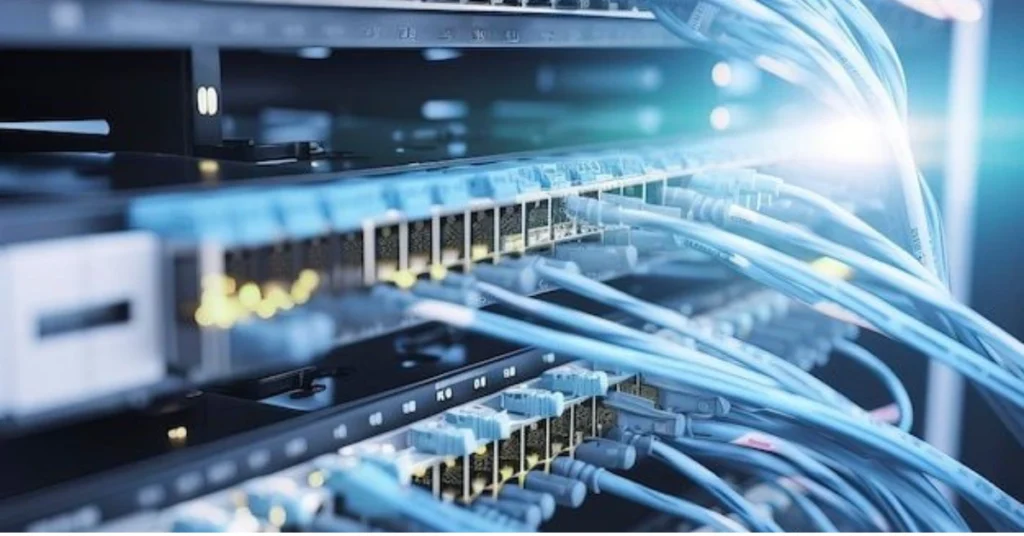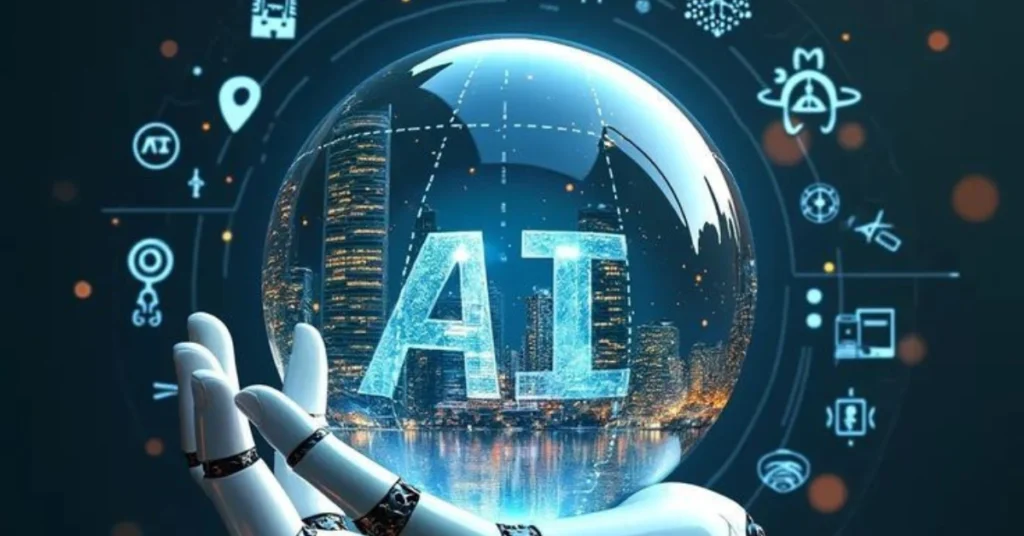The rise of artificial intelligence has brought with it an urgent demand for computing power. However, this growth comes at a cost: enormous energy consumption and water use. Traditional data centers rely heavily on electricity grids and water cooling systems, raising concerns about sustainability. But a revolutionary development is changing the game. The Zero-Water, Zero-Emission Off-Grid AI Data Center is real—a groundbreaking innovation that combines renewable energy, advanced cooling, and sustainable design to eliminate environmental impact while delivering world-class AI performance.
In this article, we’ll explore how this next-generation data center works, why it matters for the future of AI and cloud computing, and what it could mean for businesses and the environment.
What Makes a Zero-Water, Zero-Emission Off-Grid AI Data Center Different?
Traditional data centers consume massive amounts of water to keep their servers cool, often draining millions of gallons annually. They also depend on fossil-fuel-heavy power grids, contributing significantly to carbon emissions.
A Zero-Water, Zero-Emission Off-Grid AI Data Center breaks free from these limitations by:
- Eliminating water usage through innovative cooling solutions.
- Producing zero emissions thanks to renewable energy integration.
- Operating off-grid, independent of traditional electricity infrastructure.
This isn’t just a concept—it’s already being built and tested, proving that high-performance AI computing can coexist with sustainability.
Why AI Data Centers Need Sustainable Solutions
Growing Energy Demands
AI workloads require exponentially more computing power than traditional cloud applications. Training a single large AI model can consume as much electricity as hundreds of households use in a year.
Water Scarcity Challenges
Water is becoming a scarce resource in many regions. Conventional cooling methods put enormous pressure on local supplies, creating environmental and social challenges.
Regulatory and ESG Pressure
Governments, investors, and customers are demanding greener technology. Businesses that fail to adapt risk falling behind in compliance and reputation.
This is why the Zero-Water, Zero-Emission Off-Grid AI Data Center is a turning point—it directly addresses all three of these critical challenges.
How Does a Zero-Water, Zero-Emission Off-Grid AI Data Center Work?
Renewable Energy Integration
Instead of relying on fossil fuels, these data centers use solar, wind, and other renewable sources. Some also integrate hydrogen fuel cells or battery storage systems to ensure 24/7 uptime.
Advanced Cooling Technology
Innovative cooling solutions, such as immersion cooling and phase-change systems, replace water-based cooling. These methods keep servers at optimal temperatures without using a single drop of water.
Off-Grid Autonomy
Operating independently from the traditional grid, the data center is fully self-sustaining. This not only reduces environmental impact but also ensures resilience in areas prone to power outages.
Benefits of Zero-Water, Zero-Emission Off-Grid AI Data Centers
1. Environmental Sustainability
By eliminating both emissions and water usage, these data centers drastically reduce environmental footprints.
2. Energy Independence
Off-grid operation shields businesses from rising electricity costs and grid instability.
3. Regulatory Compliance
Companies can easily meet and exceed government requirements for carbon neutrality and sustainability.
4. Brand Reputation
Businesses that adopt sustainable AI infrastructure position themselves as leaders in innovation and responsibility.
5. Scalability
Thanks to modular design, off-grid AI data centers can be deployed in remote locations and scaled as demand grows.
Comparing Traditional Data Centers vs. Zero-Water, Zero-Emission Models
| Feature | Traditional Data Centers | Zero-Water, Zero-Emission Off-Grid AI Data Centers |
|---|---|---|
| Power Source | Fossil fuels + grid electricity | 100% renewable (solar, wind, hydrogen) |
| Cooling Method | Water cooling (millions of gallons yearly) | Immersion or air-based cooling, no water use |
| Emissions | High CO₂ footprint | Net zero |
| Location Flexibility | Tied to grid infrastructure | Can be deployed off-grid in remote areas |
| Sustainability | Limited | Industry-leading eco-friendly design |
Real-World Applications
AI Research and Development
High-performance computing for AI model training can now be done sustainably.
Cloud Service Providers
Major cloud providers may adopt these data centers to offer green cloud computing services.
Edge Computing in Remote Areas
Off-grid operation allows AI data centers to be set up in locations without traditional infrastructure—perfect for mining, defense, or scientific research.
Disaster Recovery Solutions
Self-sustaining, emission-free data centers can act as backup hubs during grid failures or natural disasters.AI Research and Development
High-performance computing for AI model training can now be done sustainably.
Cloud Service Providers
Major cloud providers may adopt these data centers to offer green cloud computing services.
Edge Computing in Remote Areas
Off-grid operation allows AI data centers to be set up in locations without traditional infrastructure—perfect for mining, defense, or scientific research.
Disaster Recovery Solutions
Self-sustaining, emission-free data centers can act as backup hubs during grid failures or natural disasters.
Challenges and Considerations
While the Zero-Water, Zero-Emission Off-Grid AI Data Center is promising, it still faces hurdles:
- Initial Cost: Advanced technologies like immersion cooling and hydrogen fuel cells are expensive to implement.
- Scalability Limits: Large-scale adoption will require significant investment in renewable infrastructure.
- Technological Reliability: These solutions are still in early stages of deployment, and widespread adoption will depend on long-term reliability.
Nonetheless, as renewable technologies become cheaper and AI demand continues to grow, these challenges are likely to diminish.
The Future of Sustainable AI Infrastructure
As AI continues to evolve, the demand for computing power will only intensify. The Zero-Water, Zero-Emission Off-Grid AI Data Center represents a glimpse into the future—a world where advanced technology and sustainability go hand in hand.
We can expect to see:
- Wider adoption by cloud giants like Microsoft, Google, and Amazon.
- Government incentives for businesses adopting green AI infrastructure.
- Innovation in cooling systems that make waterless technology even more efficient.
- Global expansion into regions with limited resources but growing AI needs.
Conclusion
The age of resource-hungry, emission-heavy data centers is nearing its end. The Zero-Water, Zero-Emission Off-Grid AI Data Center is real, and it represents a groundbreaking shift toward sustainable computing. By eliminating water usage, cutting emissions, and operating independently of the grid, these data centers prove that powerful AI and environmental responsibility can coexist.
For businesses, governments, and individuals who care about both innovation and sustainability, this technology is more than just a milestone—it’s the blueprint for the future of digital infrastructure.


